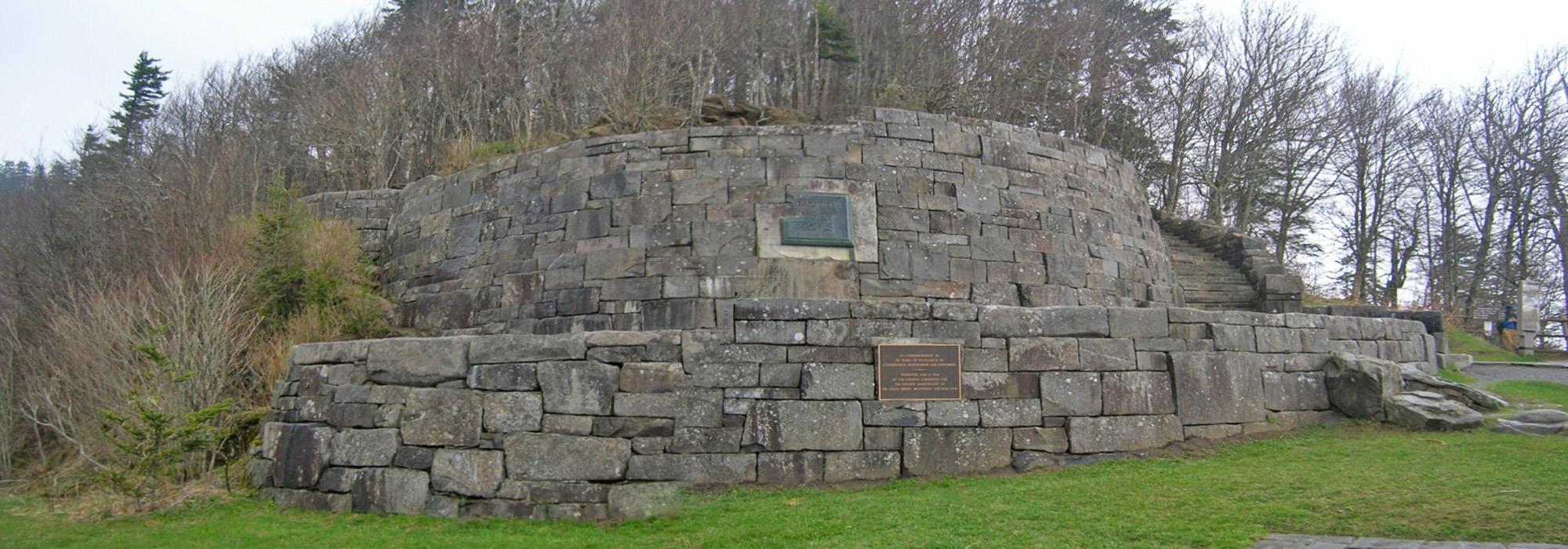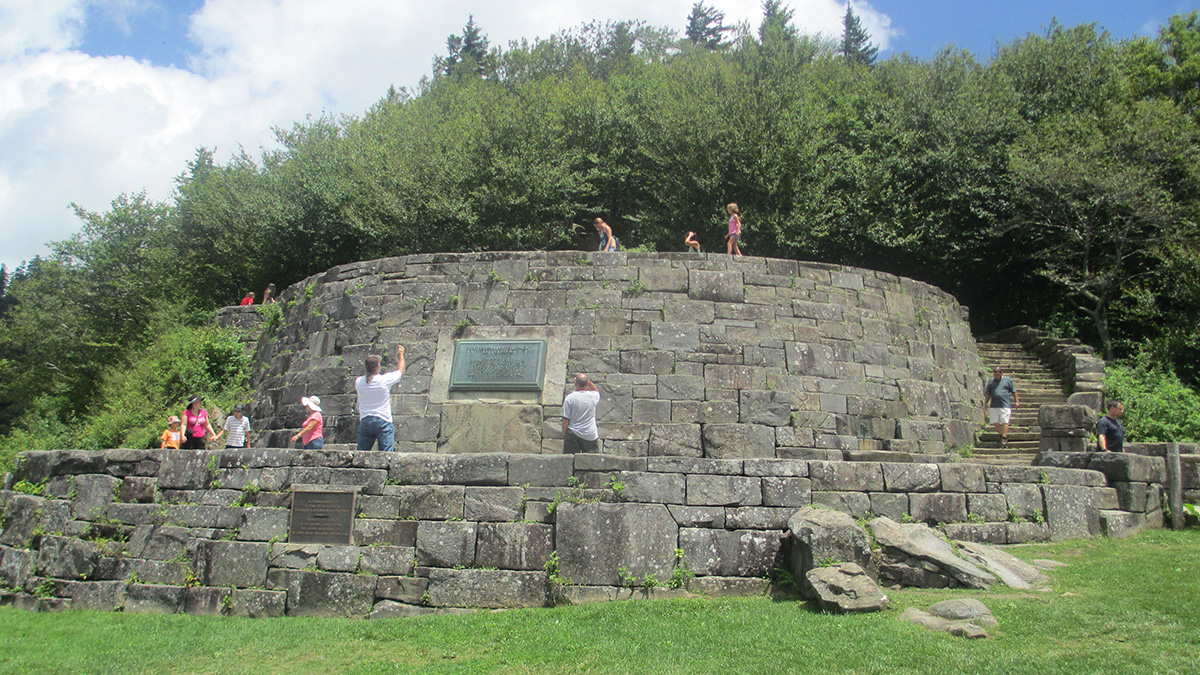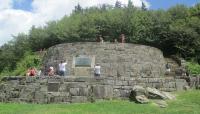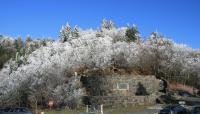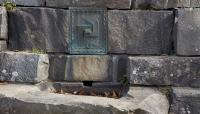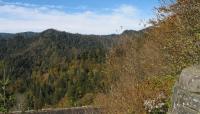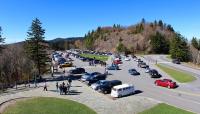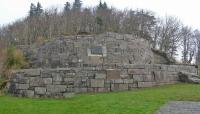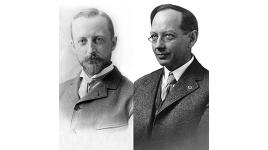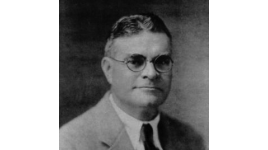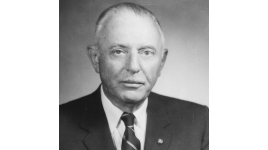Landscape Information
This imaginative structure, by Olmsted Brothers partner Henry Hubbard, was designed at the request of the National Park Service and inventively constructed by CCC labor between 1938 and 1940. Near the state border of North Carolina and Tennessee within the newly established Great Smoky Mountains National Park, Hubbard transformed the “nose of a little hill” into a spiral of two terraces climbing the slope. This scarred boundary hillside, near the Appalachian Trail, had been left after construction of the Blue Ridge Parkway.
Challenged by a limited budget of $20,000 in total and harsh winter conditions, Hubbard began design development in 1938 with a clay model of two semicircular stone block terraces hugging the hill face, connected by steps rising to an upper lookout. The memorial tablet attached to the wall, with words chosen by John D. Rockefeller, Jr., in honor of his mother, Laura, was designed by sculptor Paul Manship.
Hurrying to overcome considerable design and construction challenges by June 1939, the original dedication date, Henry Rice (a skilled superintendent borrowed from the Jefferson National Expansion Memorial in Saint Louis) and H. T. Thompson, National Park Service architect, consulted with Hubbard by mailed photographs and by phone. President Franklin D. Roosevelt addressed the crowds from the terrace of the newly completed Laura Spelman Rockefeller Memorial in Newfound Gap at its September 1940 dedication.
The uppermost lookout was never constructed, leaving a scarred, bald ridge that was distressing to Hubbard, who continued to press for more surrounding plantings. The terraces, however, he felt met the goals: to provide views on both sides of the notch in a structure to bear the plaque, well fitted to the hillside without ostentation. This memorial continues to be a major attraction for tourists along the parkway.



